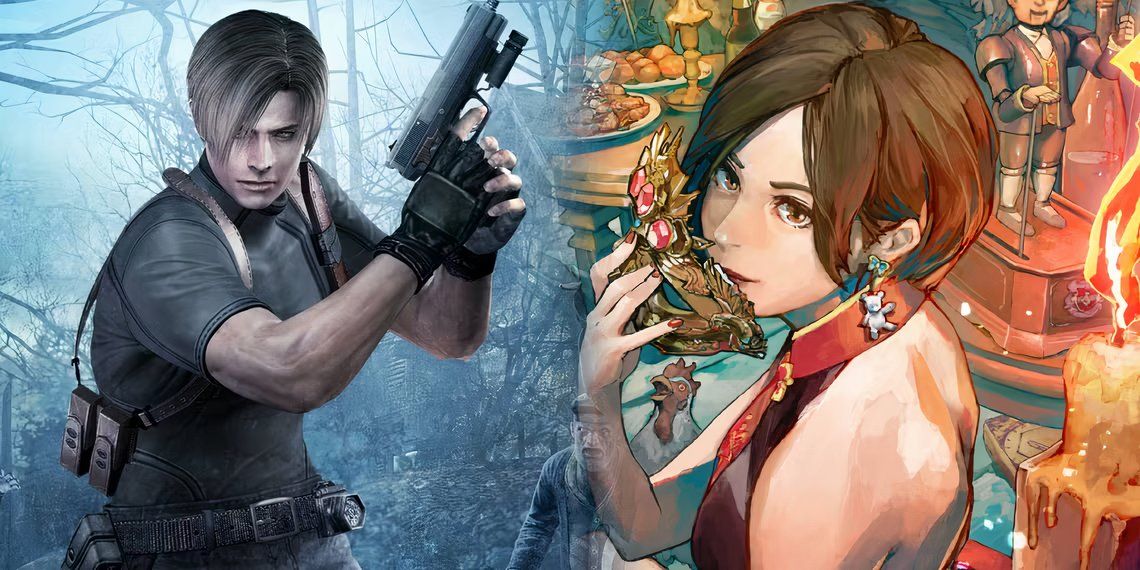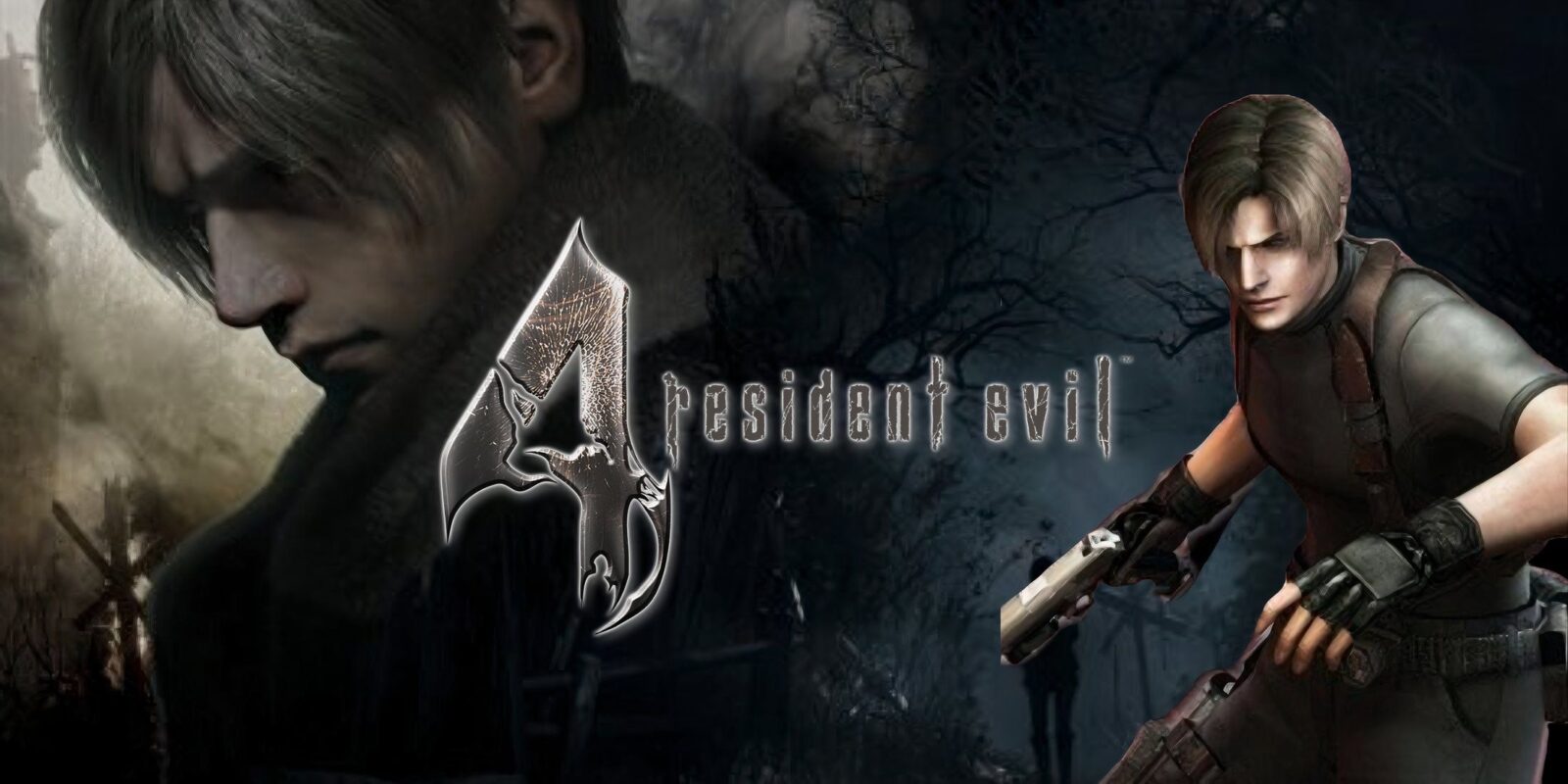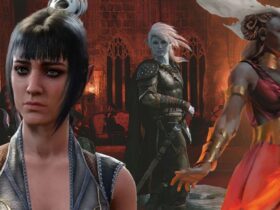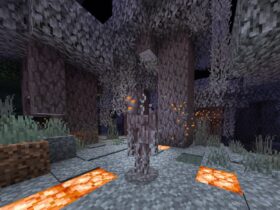For nearly 29 years, Capcom’s signature Resident Evil franchise has terrified millions of gamers worldwide with its innovative survival horror games, but none have been as impactful on the Resident Evil series and the gaming industry overall as 2005’s Resident Evil 4. First debuting on Nintendo’s GameCube with an ingenious third-person perspective, more action-focused gameplay, and a horror-centric yet somewhat comedic story, Resident Evil 4 went on to not just become one of Capcom’s most successful games, but one of the most lucrative games in the 21st century. Resident Evil 4’s success helped shape not only future Resident Evil games but horror gaming on the whole, with its impact still felt today in modern horror titles.
1:42

Related
Resident Evil 4 Remake Passes Major Franchise Sales Milestone
Resident Evil 4 continues to conquer more sales milestones as the survival horror game cements itself as one of the best-selling games in the series.
Resident Evil 4’s Experimental and Dichotomous Development
While Resident Evil 4 is a widely celebrated game today, its development was about as complex and unpredictable as traveling through a Plagas-infested European countryside. Following the release of Resident Evil 3: Nemesis in 1999, development on a Resident Evil 4 project for the PlayStation 2 began, headed by Shinji Mikami, Hideki Kamiya, and Noboru Sugimura. Here, Kamiya planned on introducing a new stylish protagonist named Tony who would explore a Gothic castle setting whilst bombastically killing enemies with special abilities, guns, and melee weapons in a dynamic camera system. Due to these drastic changes from Resident Evil’s tropes and atmosphere, Capcom chose to develop this iteration of RE4 into a brand-new title called Devil May Cry.
Before Devil May Cry released in 2001, however, Capcom signed an exclusivity deal with Nintendo to release the next mainline Resident Evil as well as a remake of Resident Evil 1 on the then-upcoming GameCube. While the Resident Evil 1 remake released to widespread acclaim in 2002, development on Resident Evil 4 was still tumultuous, now being led by Hiroshi Shibata, with multiple concepts being drafted and ultimately thrown out.
These included one where Leon Kennedy investigated Umbrella’s castle headquarters, one where Kennedy fought ghosts and other paranormal beings inspired by Silent Hill, and another where Kennedy saved a girl with a biologically enhanced dog from a castle. The latter concept of RE4 would later be revisited in 2005’s Haunting Ground.
Resident Evil 4’s Gameplay Deviations
Throughout Resident Evil 4’s development, Capcom slowly began transitioning away from the stationary cameras and pre-rendered backgrounds that the series was known for. Instead, it gravitated toward a more dynamic camera system to make encounters more engaging and hectic. Resident Evil 4’s later iterations further had the game utilize an over-the-shoulder third-person view in combat and quick-time events to intensify moment-to-moment gameplay.
This is how the finalized RE4 became more action-oriented compared to its rather subdued predecessors. Meanwhile, the new over-the-shoulder third-person perspective set a new benchmark for future survival horror games to build on, such as Capcom’s own Dead Rising series.
How Resident Evil 4 Broke the Franchise’s Mold
In terms of narrative, Resident Evil 4 was very different from its predecessors. Instead of featuring protagonists cautiously reacting to zombie outbreaks, Leon Kennedy was portrayed as a confident, determined, and relaxed lead, always diving head-first into danger to complete his mission. This newfound confidence brought with it a more intentionally comedic side to Resident Evil, such as Kennedy remarking if everyone went to play Bingo or Ramón Salazar acting like a cliché Bond villain. Despite the increased comedy, horror elements were still persistent in Resident Evil 4, with increased body horror shown with the grotesque Las Plagas mutated forms of Bitores Méndez and Osmund Saddler.
Unpredictable and overwhelming horror can be found throughout Resident Evil 4 as compared to the more zombie-filled previous games. Las Plagas infected people could chase Kennedy with pitchforks, hatchets, crossbows, flails, dynamite, and even chainsaws, all while disgusting head tendrils could pop out any moment.
While these common Las Plagas could be taken out somewhat as easily as zombies, Resident Evil 4 introduced several new enemies that could only be taken out with smart, precise, or explosive means, including the hulking El Gigante, the xenomorph-like Verdugos, and the iconically creepy Regeneradors. Resident Evil 2 may have introduced the concept of grotesque mutated monsters with the G-Virus, but Resident Evil expanded upon that idea tenfold to horrifying results.
Resident Evil 4’s Action-Focused Influence
With the bombastic chaos of Kennedy attempting to rescue the U.S. President’s daughter Ashley Graham, as shown especially with Kennedy’s acrobatics and hand-to-hand combat, Capcom sought to repeat Resident Evil 4’s balance of horror and action in future games for a time. However, these games more often than not favored the newfound action side of Resident Evil rather than its intriguing horror narrative. This resulted in games with mixed receptions, such as Resident Evil 5, Resident Evil 6, Resident Evil: Operation Raccoon City, and Resident Evil: Umbrella Corps, which centered more on over-the-top action, such as Chris Redfield pushing a boulder into lava by himself.
Resident Evil 4’s Impact on Horror Gaming
Resident Evil 4 was a monumental success both critically and financially, selling 3 million copies on both the GameCube and PlayStation 2 worldwide by the end of 2005. Due to this success, Capcom would go on to port Resident Evil 4 to nearly every single gaming console and platform going forward, including:
- PC
- Nintendo Wii
- Xbox 360
- PlayStation 3
- Nintendo Wii U
- Zeebo
- IOS
- Xbox One
- PlayStation 4
- Android
- Nintendo Switch
- Xbox Series X|S
- PlayStation 5
- Oculus Quest 2
By 2022, RE4 sold over 12 million units across all of its versions. It even received its own modern remake in the form of 2023’s Resident Evil 4, which itself has gone on to sell over 9 million copies.
With such a large successful footprint in the gaming industry, many developers quickly looked to Resident Evil 4 as inspiration for their own horror titles. One of the most famous games to be directly influenced by Resident Evil 4 was 2008’s Dead Space, which was originally developed as System Shock 3. Shinji Mikami left Capcom following RE4’s release but used its building blocks to help create two other action-horror franchises: Shadows of the Damned and The Evil Within. Resident Evil 4 even directly influenced the gameplay of horror-adjacent series, including Gears of War, BioShock, and the Norse God of War duology.
The Legacy of Resident Evil 4
Despite Resident Evil 4 being a 20-year-old game, its roots can still be seen and felt in games released on current-generation platforms. The Callisto Protocol was designed as a spiritual successor to Dead Space and, as such, is a spiritual descendant of Resident Evil 4 in terms of gameplay and horror elements.
Resident Evil 4 even continues to inspire the Resident Evil franchise today. Its latest brand-new entry, Resident Evil Village, is another spiritual successor to RE4, with the two featuring Gothic European environments, diverse terrifying enemies, mysterious vendors, and more. Resident Evil 4 has not only shaped the longevity of the survival horror game genre through the 21st century but will continue to inspire players for years to come.













Leave a Reply